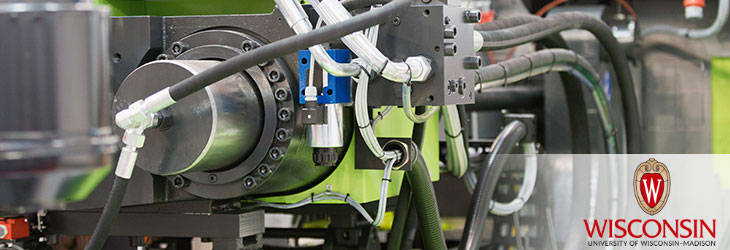
UW researchers have created a method for measuring the radial displacement of a rotor in an electric machine by using the stator coils themselves as sensors. This invention is based on a single winding design that creates and/or links multiple airgap harmonic fields. A displaced rotor creates new harmonics in the airgap which are detected by the winding design and used for self-sensing. This solution provides the functionality of dedicated hardware (i.e., eddy current, capacitive, or optical proximity sensors) using the motor’s own coils, eliminating the need for additional dedicated sensing hardware.
Use of a single winding (with special properties—aka, a “combined winding”) to measure the shaft’s displacement via changes in inductance and changes in back-EMF has not been done before. Nearly all previous techniques in this space have relied on separate, electrically isolated windings. The benefit is this method can be used on a wide variety of electric machines. Some of the algorithms they’ll use to calculate the displacement they have yet to develop and optimize, but plan on using the Electrification Challenge funds to do this work.